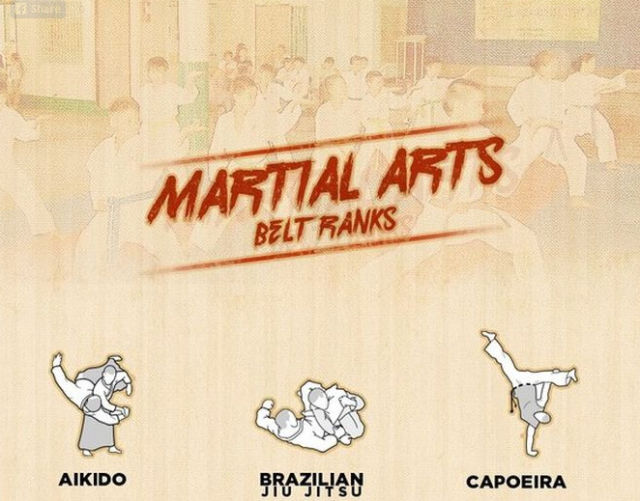Traditional Martial Arts Vs. Modern Fight Sports: Recognizing The Trick Distinctions
Traditional Martial Arts Vs. Modern Fight Sports: Recognizing The Trick Distinctions
Blog Article
Uploaded By-Skovbjerg Finnegan
When you think about martial arts, do you lean more towards the standard practices or the modern-day combat sporting activities? Each path offers unique advantages and experiences, shaped by their ideologies and training techniques. Typical martial arts highlight individual development and discipline, while contemporary battle sports concentrate on competition and efficiency. Comprehending these differences can guide you in picking the ideal approach for your journey. Yet exactly how do these differences show up in training and philosophy?
The Viewpoint and History Behind Typical Martial arts
While many individuals link martial arts with physical battle, the approach and history behind conventional martial arts run much deeper. You'll find that these self-controls emphasize individual growth, technique, and respect.
Originating from how old to start kids in martial arts , conventional martial arts were usually developed for Self-Defense and spiritual advancement. They personify principles such as equilibrium, harmony, and self-constraint, directing specialists past mere battling abilities.
As you train, you'll not just discover techniques yet also gain insights into the society and values that formed these arts. The rituals and customs, typically passed down via generations, promote a sense of neighborhood and belonging.
The Affordable Nature of Modern Battle Sports
Modern battle sporting activities have actually changed the landscape of martial arts into a highly affordable arena, where professional athletes face off in an examination of skill, strategy, and endurance.
You'll discover that competitors are usually organized with rigorous rules and regulations, making certain justice and security. These events attract big target markets, fueling the excitement and intensity of matchups.
Athletes train rigorously, not just for physical prowess but additionally for mental sturdiness, understanding that every detail counts in the ring. The adrenaline thrill throughout competitors is palpable, as fighters push their restrictions to claim victory.
Followers value the athleticism and virtuosity entailed, making modern-day combat sporting activities a thrilling phenomenon that continues to progress and mesmerize enthusiasts worldwide.
Training Methods and Methods: A Relative Evaluation
The competitive ambience of contemporary combat sports needs cutting-edge training techniques that vary dramatically from traditional martial arts.
In modern-day training, you'll focus on certain strategies, competing, and conditioning, frequently utilizing drills that replicate real fight circumstances. You'll see a focus on measurable efficiency and frequent competitors to examine your skills.
On the other hand, standard martial arts focus on forms, katas, and thoughtful teachings, commonly stressing discipline and respect over competitors.
Training is generally less intense and may involve repeated practice rather than real-time sparring.
While both strategies construct skill and physical fitness, modern combat sports supply an extra dynamic and adaptable training atmosphere, preparing you for prompt challenges in the ring or cage.
website that straightens with your goals and passions.
Verdict
In choosing between traditional martial arts and modern-day battle sports, it really boils down to what you value a lot of. If you're looking for personal development, technique, and a sense of community, traditional arts may be your finest fit. However if https://www.kulr8.com/news/martial-arts-studio-teaches-free-self-defense-classes-in-response-to-concerned-citizens/article_793e7b36-2e38-11ed-8a11-572c316ddc95.html thrive on competitors and real-time obstacles, modern battle sporting activities could be the way to go. Inevitably, both paths supply one-of-a-kind benefits, so it's all about straightening your training with your individual objectives and interests.
